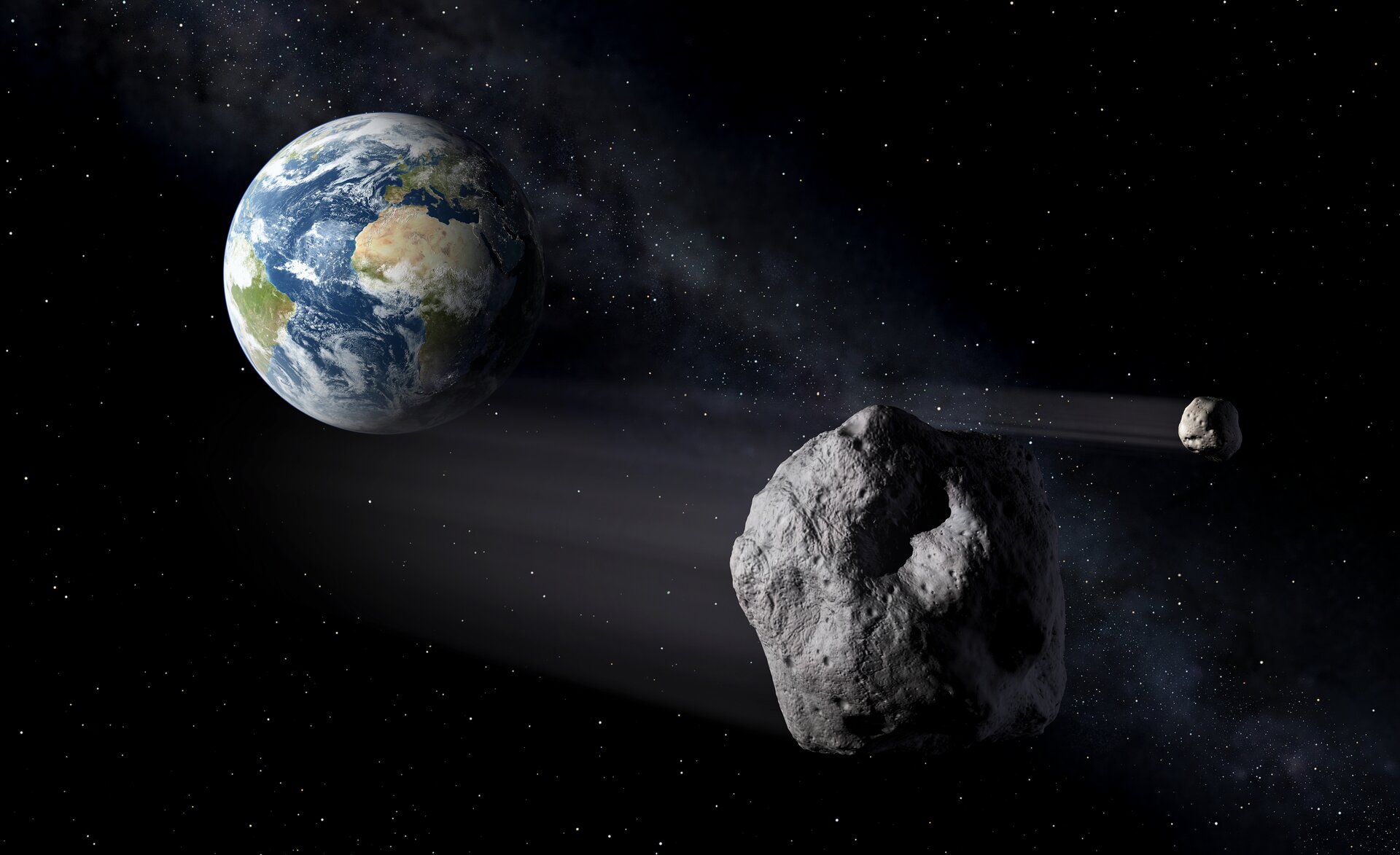
A space rock that smacked into Earth 66 million years ago and devastated the ancient life living thereon took a remarkably circuitous route to get here, a new study has found.

Using data from NASA's James Webb Space Telescope, astronomers have confirmed hydroxyl molecules on the surface of the metallic asteroid Psyche.

The European Space Agency's Gaia mission spotted hundreds of potential moons, orbiting around more than 350 previously unknown asteroids lurking within the solar system.

Two large asteroids will safely pass Earth this week, a rare occurrence perfectly timed to commemorate this year's Asteroid Day.

Scientists identified water on two main-belt asteroids, 7 Iris and 20 Massalia, using data from the now-defunct SOFIA airborne observatory.

Scientists have discovered that a pair of rings circling an asteroid-like chunk of rock in the cold reaches of space out past Jupiter are likely being shepherded by a tiny, unseen moonlet.

Early analysis of the fragments has shown something equally rare. The meteorite is an aubrite, a class with unknown origins that some scientists argue may be pieces of the planet Mercury.

Fine dust suspended in the atmosphere may have played a significant role in the extinction of dinosaurs after all.

A distant lump of space rock may have a surprising amount in common with the core of our own planet.

Initial studies of the 4.5-billion-year-old asteroid Bennu sample collected in space and brought to Earth by NASA show evidence of high-carbon content and water.

The densest naturally occurring element on the periodic table is the metal osmium. But there are some objects out there in the Solar System that seem to be way more dense than osmium.

According to an analysis of grains collected from asteroid Ryugu, at least part of the carbon-rich rock started its life much farther from the Sun before ending up in the asteroid belt and then, ultimately, at roughly Earth's distance from the Sun.

While our census of hazardous NEOs is not nearly complete, we do have reliable maps of nearly all of the potentially hazardous asteroids larger than a kilometer (0.6 mile) across.

Some of the asteroids NASA's Lucy mission will visit are still more than 330 million miles away from the spacecraft, but despite the great distance and the comparatively small sizes, Lucy caught views of four of its targets in late March.

NASA's scientist, James Garvin, thinks we might have been misreading traces of some of the more serious asteroid strikes that have occurred within the past million years. If he's right, the odds of being hit by something nasty could be higher.